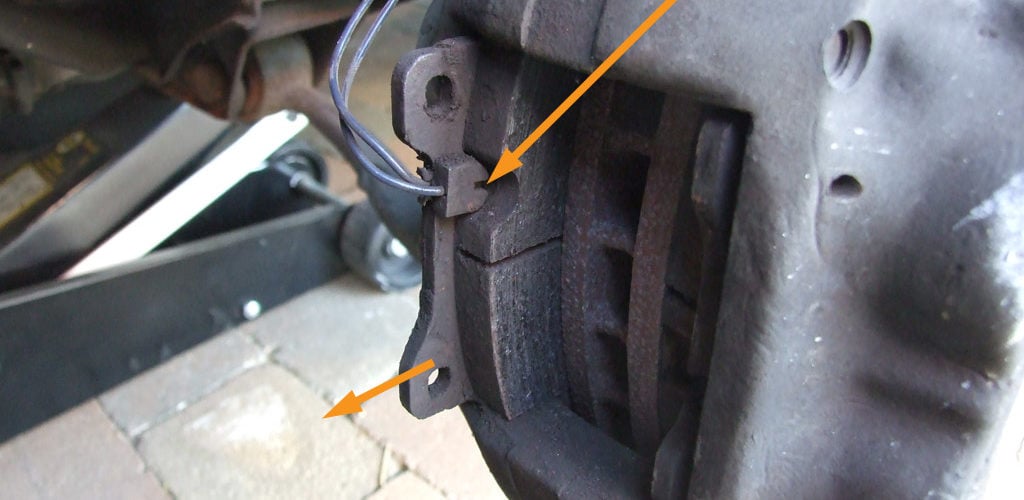Getting Started
Electronic brake wear sensors are handy for knowing when it’s time to look at your brakes. Back in the day, you had to check more frequently or just wait for that high-pitched squealing when you pushed brake pedal down.
The History Of Wear Sensors
In the past, most American cars rarely included electronic wear sensors. European marques had to alert customers of the European Union’s more rigid driver safety policies. It was a complicated thing!
But it’s improved in the last decade or so. Now, Japanese, Korean, and American auto brands have begun to add electronic wear sensors as standard, largely due to the emergence of the National Highway Transportation Safety Agency’s (NHTSA) interest in the digitally-driven connected-car concept plus real-time customer communications networks fostered by On-Star and others have changed consumer expectations, too.
The Wear Sensor Process
“Wear sensor” relates to an electronic device that alerts the driver that minimum brake pad thickness has been reached. This calls for immediate pad maintenance and/or replacement. There are various types of sensor-related components ranging from external elements co-located near each individual brake caliper to embedded components within brake pads themselves.
Whatever the type, if minimum brake pad thickness is reached, an electronic circuit is completed, and/or broken, and the dashboard light is triggered on.
How Are Brake Pad Wear Sensors Built?
Most wear sensors apply two resistor-involved circuits that run parallel. The first electrical conductor triggers a fault when the resistive circuit contacts the surface of the brake rotor face, thereby ‘cocking’ the fault matrix. Then, a second circuit is tripped by breaking its circuit entirely, followed by an immediate alert – a/k/a dashboard light turns on. (More about that light here.) The entire electrical sequence is referred to as a two-stage wear sensor process.
What Wear Sensor Maintenance Is Necessary?
Since sensor packages alarm-trip by destroying the embedded pad’s internal circuitry, there is no real option available other than replacing an entire set of pads.
Can You Maintain Your Own Set Of Brake Wear Sensors?
Unless you have access to a fitted-out shop, while being able to do a complete pad replacement, there is little you can do. To resolve a wear thickness alarm, the first and most important element is to replace the pads from start to finish. (More about how to do that here.) Most of the time this will require service help from an experienced brake shop/technician.
Wear Sensor Brands For Performance Vehicles
One final thought: When it comes to performance cars, also luxury cars, a number of excellent brake pad options apply. Some of these premier brake brands include:





